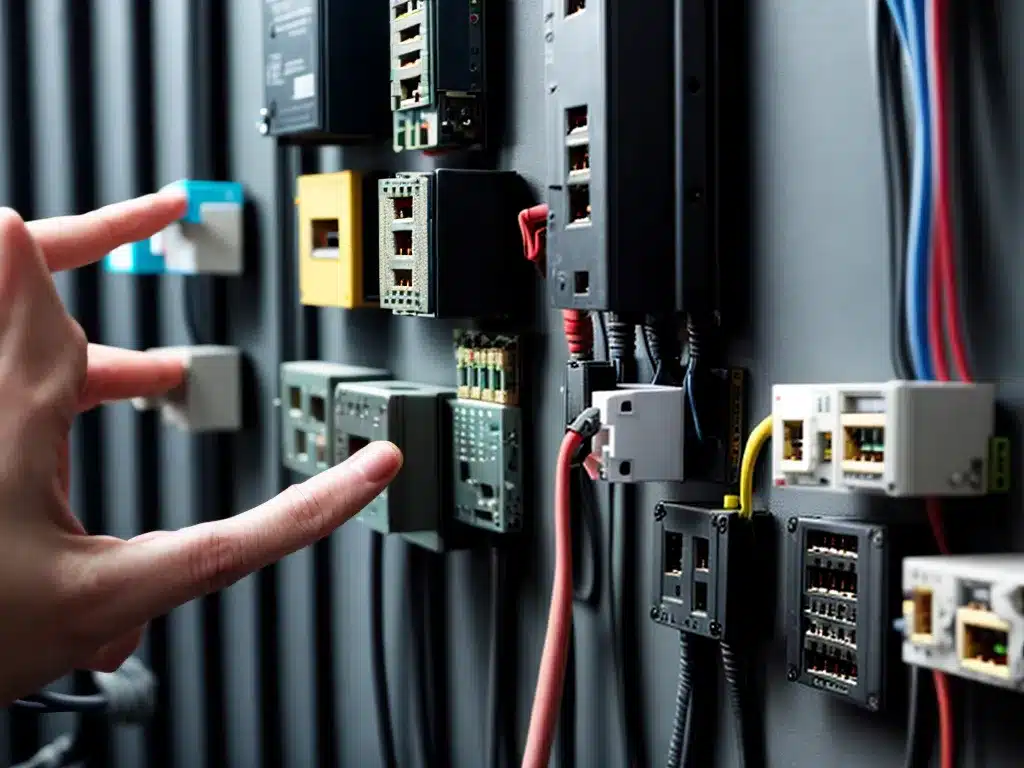
Introduction
Having both wired and wireless devices on your home network can sometimes lead to connectivity issues and conflicts. However, with some planning and configuration, you can get them to cooperate smoothly. In this article, I’ll discuss the main challenges of mixed wired/wireless networks and provide solutions to enable seamless device connectivity.
Potential Issues with Mixed Wired/Wireless Networks
There are a few key problems that can crop up when you have a heterogenous network environment:
IP Address Conflicts
If wired and wireless devices are pulling IP addresses from the same pool, there may be conflicts where two devices get assigned the same address. This will knock one or both offline.
Network Congestion
Too many wireless devices may overload the Wi-Fi spectrum and hamper performance for the entire network. Wireless and wired users end up competing for bandwidth.
Security Risks
Wireless networks are inherently less secure than wired ones. Connecting wireless devices to a wired network presents opportunities for intruders to exploit vulnerabilities and gain access.
Interference
The wireless signal can degrade if the Wi-Fi channels conflict with Bluetooth, microwave ovens, cordless phones, or other electronics. This disrupts connectivity for wireless users.
Best Practices for Wired/Wireless Coexistence
Here are some tips to allow wired and wireless devices to coexist smoothly:
Use VLANs to Segment Your Network
Divide your network into virtual LANs (VLANs) to logically separate wired and wireless machines into their own broadcast domains. This prevents IP conflicts and increases security.
Enable QoS Bandwidth Management
Quality of service (QoS) settings in your router or access point can intelligently prioritize important network traffic and limit bandwidth-hogging activities. This maintains performance for critical wired/wireless devices.
Choose Non-Overlapping Wi-Fi Channels
Check what channels your neighbors’ Wi-Fi networks use and select a non-overlapping channel like 1, 6, or 11 for your wireless network. This reduces interference and optimizes your bandwidth.
Position Access Points Carefully
Strategically placing Wi-Fi access points around your home minimizes dead zones and lets your devices roam between access points as you move around. This delivers robust wireless coverage.
Update Firmware and Drivers
Maintaining updated firmware on your router, access points, and network adapter drivers ensures compatibility and unlocks the latest optimizations for a mixed wired/wireless environment.
Secure Your Wireless Network
Use strong WPA2 encryption on your Wi-Fi and a complex passphrase to prevent unauthorized access to your network’s wired resources. Also hide your SSID so only approved devices can connect.
Use 5 GHz Wi-Fi for High-Bandwidth Devices
5 GHz Wi-Fi has much more available spectrum than 2.4 GHz, so reserve it for your most demanding wireless devices. Less congestion means better performance.
Conclusion
Following these best practices will enable your wired and wireless devices to coexist in harmony. Segmenting your network, managing bandwidth wisely, minimizing interference, and securing your Wi-Fi are key steps for a seamless networking experience. With proper configuration, your diverse wired and wireless devices can work together without a hitch.












